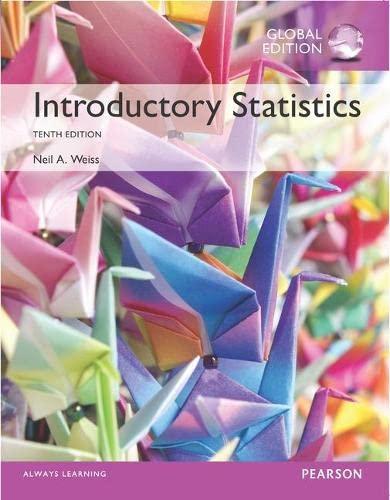Finite-Population Correction Factor. Consider simple random samples of size n without replacement from a population of size
Question:
Finite-Population Correction Factor. Consider simple random samples of size n without replacement from a population of size N.
a. Show that if n ≤ 0.05N, then 0.97
≤
N − n N − 1 ≤ 1.
b. Use part
(a) to explain why there is little difference in the values provided by Equations (7.1) and (7.2) when the sample size is small relative to the population size—that is, when the size of the sample does not exceed 5% of the size of the population.
c. Explain why the finite-population correction factor can be ignored and the simpler formula, Equation (7.2), can be used when the sample size is small relative to the population size.
d. The term √
(N − n)/(N − 1) is known as the finite-population correction factor. Can you explain why?
Fantastic news! We've Found the answer you've been seeking!
Step by Step Answer:
Related Book For 

Question Posted:





